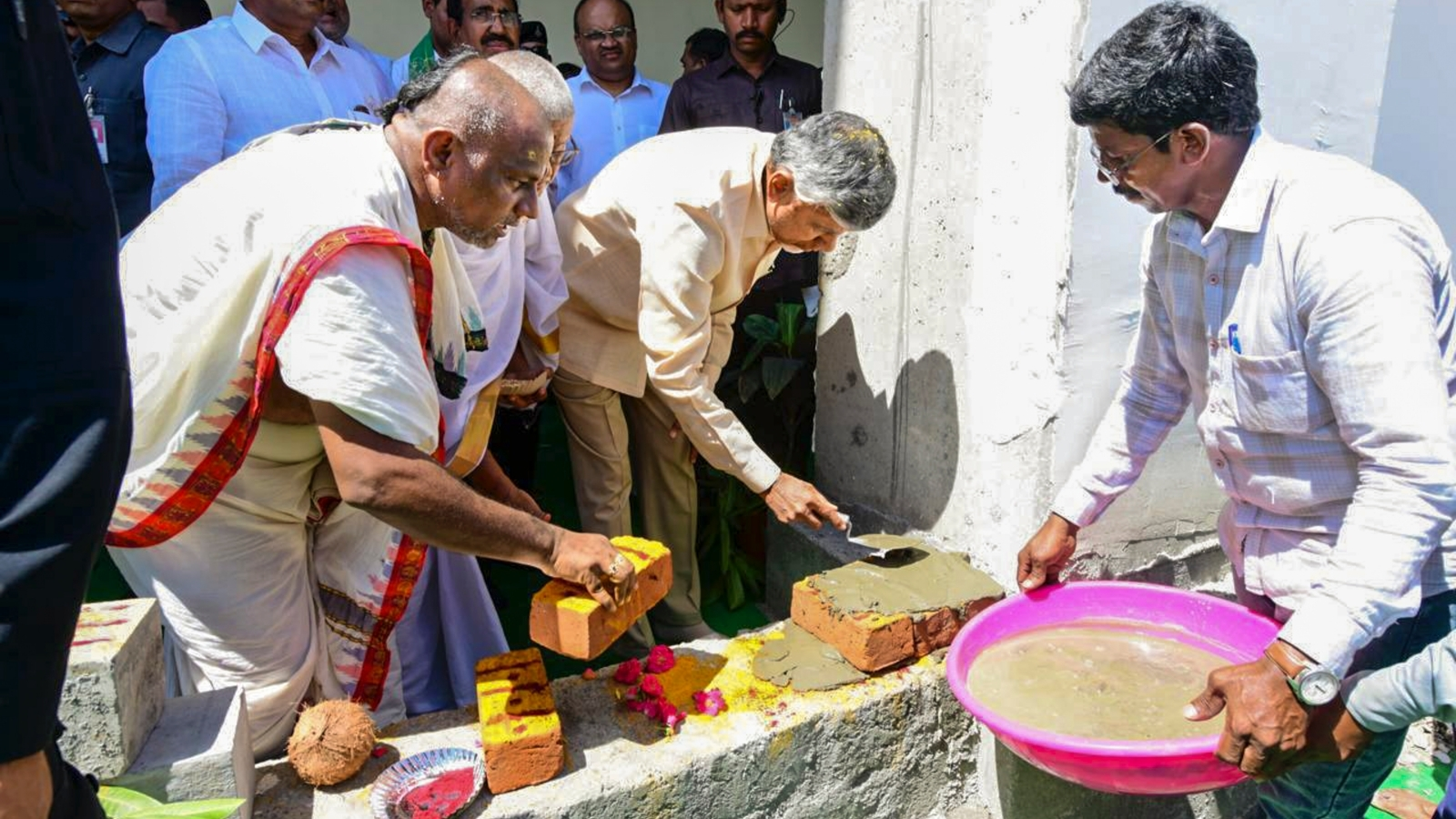Although the economist Thomas Malthus did not write specifically about India, his theory regarding the necessity of population control has shaped the discourse on the Indian population. Recently, Chief Minister of Andhra Pradesh, Chandrababu Naidu, emphasised the urgent need to shift this discourse from “population control” to “population management”.
Malthus posited that the world’s population tends to grow at a faster rate than its food supply. This fear of being unable to sustain a burgeoning population was a driving force behind China’s one-child policy. However, a key criticism of Malthusian theory is his failure to anticipate the significant advances in agricultural technology that have broken the historical links between population growth, labour, and food supply. Consequently, many argue that his theory is less applicable in today’s context.
In India, the historical backdrop is striking. In 1965, when India’s population was just over 500 million, then-Prime Minister Lal Bahadur Shastri urged the nation to “sacrifice one meal at least a week” due to food shortages. Fast forward 60 years, and with a population of over 1.4 billion, India is not only providing food to 80 crore people under PMGKAY, but has also transformed into a net exporter of agricultural products.
Contrary to Malthusian predictions, countries like Japan in the 1960s, South Korea in the 1980s, and China in the 1990s capitalised on their youthful populations as a demographic dividend, becoming technological and economic superpowers. Today, India stands on the brink of harnessing its young population, with a median age of 28.4 years. By 2030, India is projected to have over one billion working-age individuals, paving the way for increased economic prosperity through investment and consumption. According to the RBI, this window of demographic dividend is expected to last only until 2055 due to declining fertility rates.
To sustain this advantage, it is essential that fertility rates increase. A Total Fertility Rate (TFR) of 2.1 is considered necessary for population stability; however, India’s current TFR stands at 2.0. A TFR below 2.1 indicates that current generations are not reproducing enough children to replace themselves, which could lead to a decline in population over time. In southern states, such as Andhra Pradesh and Karnataka, TFR is even lower at 1.7; Kerala, Tamil Nadu, and Telangana hover around 1.8, compared to northern states like Bihar, with a TFR of 3, and Uttar Pradesh, at 2.4. Most southern states have transitioned to lower fertility rates more rapidly than their northern counterparts; Andhra Pradesh achieved replacement-level fertility in 2004, marking a significant shift towards negative growth over the past two decades.
The implications of declining fertility rates are twofold for states that implemented population control measures in the 1990s — political and economic. Politically, the upcoming delimitation in 2026 poses challenges for states that have successfully controlled their population growth. Studies indicate that Andhra Pradesh, with 25 Lok Sabha seats, and Telangana, with 17, may gain only three to four additional parliamentary constituencies, while Uttar Pradesh, with 80 Lok Sabha constituencies, could secure up to 40 more, thus diminishing representation for southern states in Parliament.
Economically, population figures play a crucial role in tax devolution between central and state governments. For instance, according to the data from the Finance Ministry, Uttar Pradesh and Bihar receive allocations of 17.9 per cent and 10 per cent, respectively, while southern states receive less than 4 per cent.
The perils of an ageing society are evident in countries like Japan. According to a study published in The Lancet, the population of Japan could diminish at least by half by the year 2100. The decreasing number of young people in the labour force has led to a shortage of workers in manufacturing sectors, leading to decline in production and innovation as well as reduced global exports. An IMF staff paper from November 2018 estimated that Japan’s economic growth would decline by an average of 0.8 per cent each year over the next 40 years due solely to demographic factors. Additional issues include budgetary constraints, decreased savings and investment rates, pension burdens on companies, and increased healthcare spending — particularly in tertiary care facilities. Similarly, China’s ageing population poses risks reminiscent of Japan’s lost decade. Recognising the dangers associated with declining birth rates, China has revoked its one-child policy in favour of a three-child policy.
While India can look forward to the potential benefits of a demographic dividend, the rapid decline in TFR — especially in states like Andhra Pradesh — poses significant risks. If left unaddressed, India could face challenges akin to those experienced by Japan and China — potentially a greater crisis, as a large proportion of India’s elderly population relies heavily on government assistance and familial support for sustenance. Now, more than ever, it is crucial for policymakers to identify and implement strategies aimed at addressing low fertility rates. Emphasising family growth can help ensure that India retains its demographic dividend for an extended period. It is commendable that CM Naidu has repealed the three-decade-old law that barred individuals with more than two children from contesting local body elections and has initiated discussions on the importance of managing population growth effectively. His leadership exemplifies a visionary approach that could serve as a model for other states across India as they navigate similar demographic challenges.
The writer is Lok Sabha MP (TDP) from Visakhapatnam, president of GITAM Deemed University and founder of Kautilya School of Public Policy



